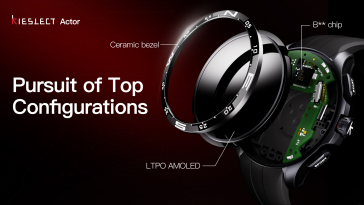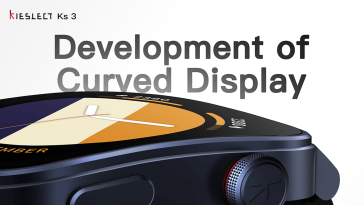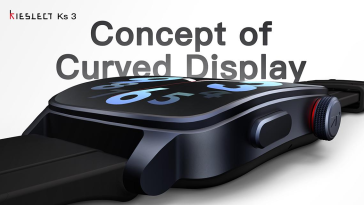As technology advances, display innovations in wearable devices continue to push boundaries. One standout is the LTPO display, quickly emerging as the industry’s new favorite. Let’s dive into why LTPO is reshaping the future of wearables!
Q: What is LTPO?
A: LTPO, or Low Temperature Polycrystalline Oxide, is a breakthourgh in display backplane technology, engineered to maximize energy efficiency in modern devices. With superior performance over traditional LTPS (Low Temperature Poly-Silicon) displays, LTPO can dynamically adjust its refresh rate, significantly cutting power concumption. This means longer bateery life and fewer charging interruptions, offering users a seamless, more conveient experience.
Q: Where did the LTPO display first appear?
A: The rise of LTPO display technology was driven by the need for longer battery life, particularly in wearables. In 2019, tech giant Apple introduced LTPO displays in the Apple Watch Series 5, revolutionizing battery performanec by enabling “Always-On Display (AOD)” for over 18 hours. Since then, Apple has continued to leverage LTPO in its subsequent watch watch models, further enhancing power efficiency and user experience.
Q: Why is LTPO display usually used in high-end smartphone models?
A: In 2020, Samsung became the first to integrate LTPO technology into a smartphone with the launch of the Galaxy Note 20 Ultra. Before this, LTPO display were rare in smartphones due to the additional oxidation process required during production, which naturally increased costs. This higher production cost positioned LTPO displays primarily for premium flaship models. Following Samsung’s lead, LTPO displays began appearing in several high-end devices, including the iPhone 13 Pro / Pro Max (2021), Google Pixel 7 Pro (2022), Motorola Razr (2023), and Huawei Mate X5 (2024).







